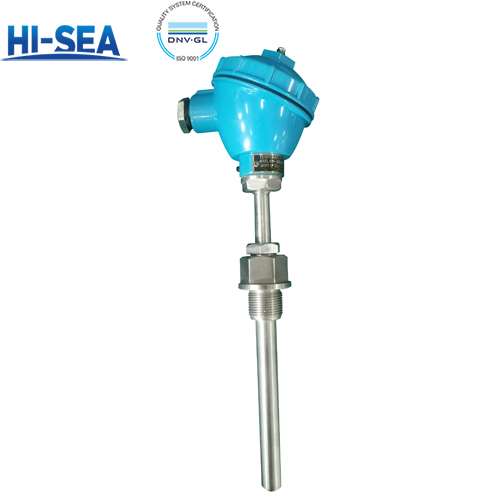
Marine Temperature Transmitter
Marine temperature transmitters are devices used in marine environments to measure and transmit temperature data.
Temperature Range: The range of temperatures the transmitter can measure, often specified in degrees Celsius (°C) or Fahrenheit (°F).
Accuracy: The degree to which the measured temperature is close to the true temperature, typically specified in ± degrees.
Overview
Introduction
. Temperature Range: The range of temperatures the transmitter can measure, often specified in degrees Celsius (°C) or Fahrenheit (°F).
. Accuracy: The degree to which the measured temperature is close to the true temperature, typically specified in ± degrees.
. Resolution: The smallest change in temperature that can be detected by the transmitter, often specified in decimal degrees.
. Output Signal: The type of signal output by the transmitter, commonly 4-20 mA, 0-10 V, or digital signals like Modbus or CAN bus.
. Power Supply: The voltage and current requirements to power the transmitter, usually specified in volts (V) and milliamperes (mA).
. Operating Temperature: The temperature range within which the transmitter can operate without performance degradation.
. Protection Rating: The level of protection against dust and water, often specified by an IP (Ingress Protection) rating, such as IP67 or IP68.
. Material: The construction materials of the transmitter, which should be resistant to corrosion and suitable for marine environments, such as stainless steel or specialized plastics.





